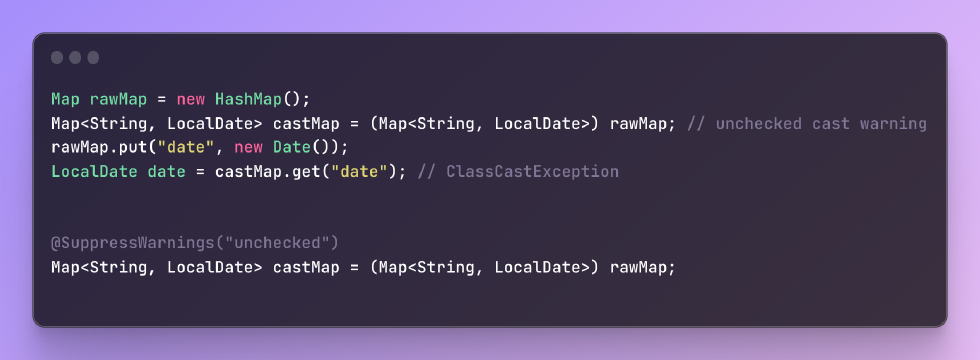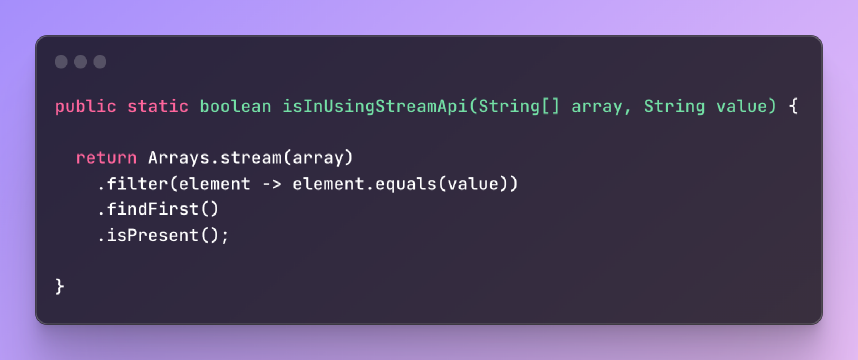Excerpt§
Assembly programming education has reduced over time due to the rise of high-level languages. But it still holds value for understanding computer internals.
Assembly programming involves directly working with a computer’s processor instructions to perform tasks. It is considered a low-level programming language compared to modern higher-level languages. This post explores whether assembly language education still has a place in college computer science curriculums today.
A Brief History of Assembly Programming§
In the early days of computing, assembly programming was widely taught in colleges and universities. It provided a gateway into understanding the fundamental architecture and execution models of computers. Knowledge of assembly was crucial for system programming, embedded devices, and performance-sensitive applications. Courses focused on assembly languages like x86, ARM, MIPS, and Motorola 68000 based on popular processor architectures.
However, from the 90s onwards, the dominance of assembly programming in academia began to wane. The advent of modern high-level languages like C, Java, and Python meant students could now build programs faster and with less effort. As a result, assembly programming courses started getting replaced by introductory classes on object-oriented and web programming.
Current State of Assembly Programming Education§
Today, the number of colleges teaching at least one assembly language course has greatly declined compared to a few decades ago. A small subset of computer science programs continue to offer electives in assembly programming, but it is no longer considered a core competency. For instance, in Ivy League universities like Harvard and Princeton, assembly classes have been discontinued or are rarely offered.
Several factors have contributed to this decrease:
- High-level languages are easier to grasp for students new to programming.
- Industry demand has shifted towards web, mobile, and AI development skills.
- Beginner programmers are more interested in building apps and products.
- Low-level system architecture can be taught using C and other languages.
Why Has Assembly Programming Declined in Academia?§
There are a few primary reasons assembly programming education has reduced:
1. Complexity and Difficulty§
Assembly language is inherently tough to learn compared to Python, Java, and other popular languages. Working with registers, flags, pointers, and manual memory management can frustrate students new to programming. Higher-level languages provide abstraction from hardware intricacies and are faster to become productive in.
Given the limited time available in college curriculums, educators prefer introducing concepts students can readily apply for building applications. Learning assembly may not align with those goals.
2. Evolving Industry Demands§
Another key driver is evolving industry expectations from college graduates. Recruiters today look for expertise in technology stacks like MEAN, MERN, cloud platforms, DevOps, and AI/ML. Most software development roles do not require or expect assembly skills anymore.
Companies need engineers proficient in high-level languages and web frameworks to build products faster. Hence colleges tailor programs towards competencies valued by the job market.
3. Limited Career Opportunities§
As a result of the above trends, there are fewer career opportunities today that specifically require assembly programming skills. Entry-level developer roles predominantly use Java, JavaScript, Python, Go etc. rather than assembly. Hence students have less incentive to study assembly with fewer jobs requiring it.
However, assembly knowledge can still be useful for fields like embedded programming, game development, OS design, driver development, and performance optimization. But the overall demand is small compared to mainstream software engineering paths.
Implications of Not Learning Assembly§
The decrease in assembly instructions does have some implications:
Students miss out on understanding computer internals and execution at the hardware level.
Less knowledge about performance optimization techniques and writing code closer to the metal.
Reduced low-level control for system programming tasks.
Lack of appreciation of how high-level languages build upon assembly foundations.
However, with a good grasp of C and some architecture basics, the core learning outcomes can still be achieved.
Counterarguments for Teaching Assembly§
There are reasonable counterpoints for why assembly still warrants some focus:
It enables grasping concepts like memory addressing, stack management, and byte code execution which form the basis of higher-level language abstractions.
For fields like embedded programming, game engine development, device driver creation etc., assembly skills are still highly relevant.
It can provide useful mental models of computer hardware even if students never write assembly code again.
Knowledge of assembly can help debug performance issues and optimize hot paths in applications.
Conclusion§
Assembly programming education has certainly declined over the past decades as industry needs have evolved. While reasonable from a curriculum design standpoint, losing assembly language risks losing connection with how code executes at the hardware level.
Perhaps a balanced approach could involve an elective assembly class focused on architecture fundamentals rather than extensive programming. This would allow interested students to gain low-level knowledge without high general requirements. After all, assembly formed the roots of modern computing - understanding those origins can inspire future generations of programmers.















